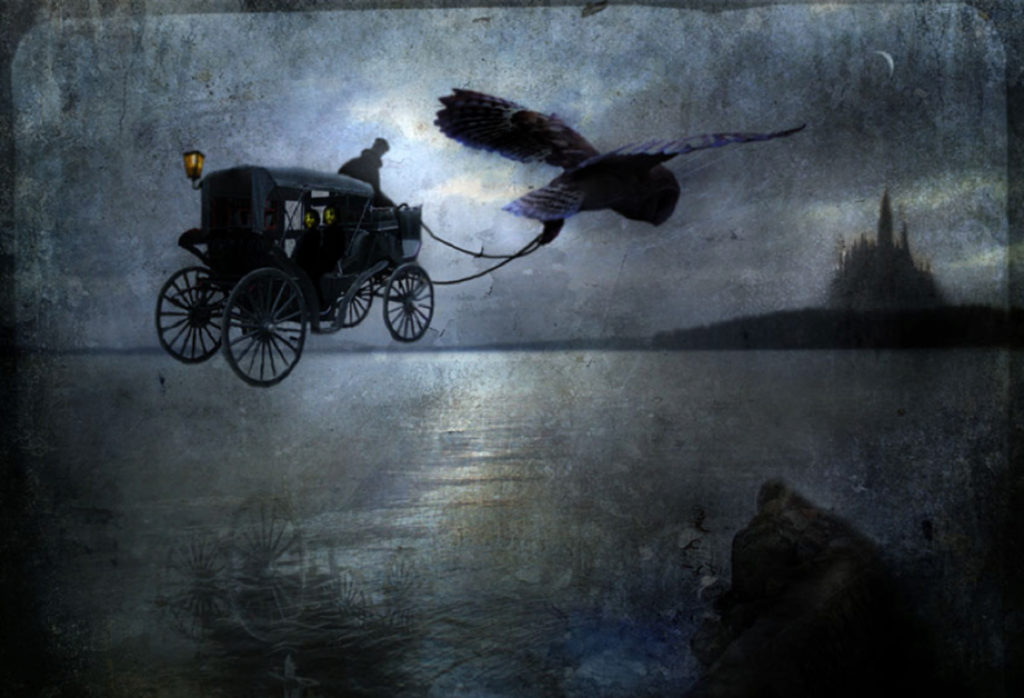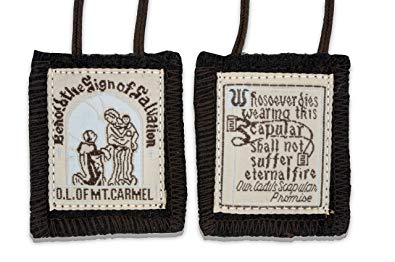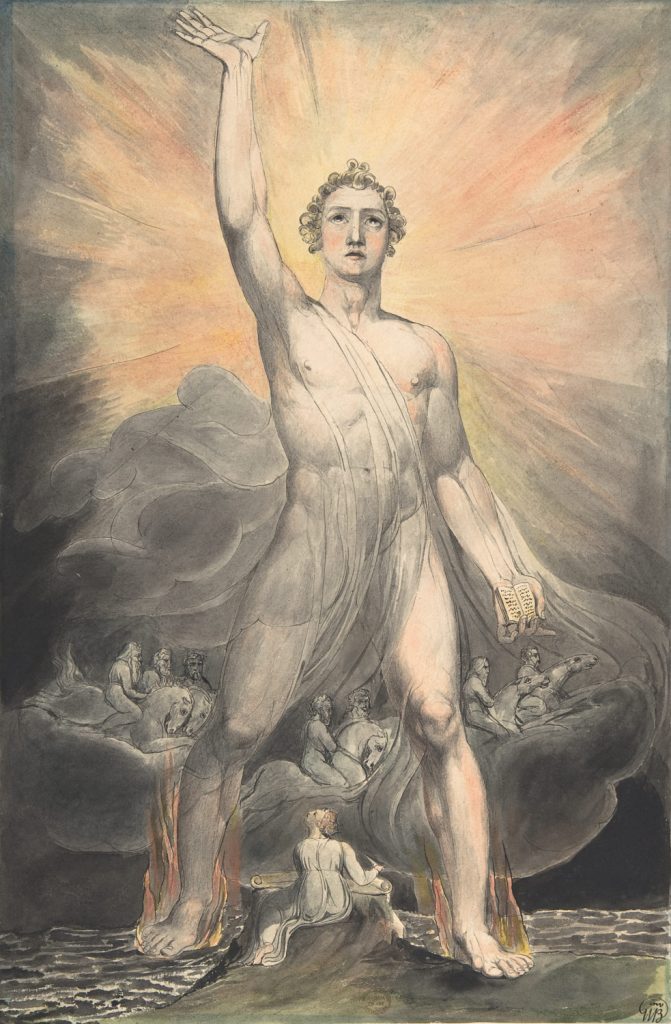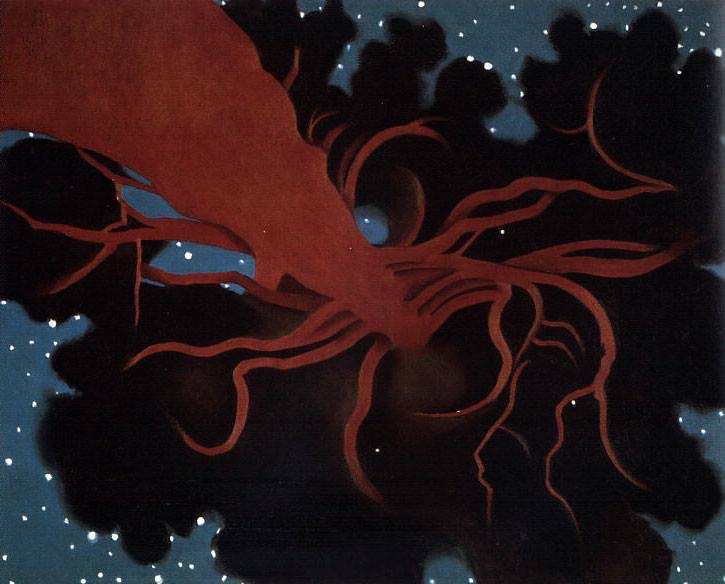
Dear Governor,
I am scheduled to be executed by hanging at twelve midnight, Monday night, May 1, or Tuesday morning, May 2, depending on how you want to look at it.
Copyright 2015

Dear Governor,
I am scheduled to be executed by hanging at twelve midnight, Monday night, May 1, or Tuesday morning, May 2, depending on how you want to look at it.
Copyright 2015

Technique?
Some potion or position?
Some knack to pick up
like riding a bicycle?
Meditation regimen?
A certain aroma?
Daily communion?
A rosary in the hands?
A scapular, remember them?
(brown cords across the shoulders
attached to rectangular emblems
of Mary on my chest,
the Sacred Heart of Jesus
on my back)
A piece of the true cross?
Bone from a saint?
The Buddha’s eyelash?
Deckhand mops the floor.
Engine vibrates my sternum.
Reading glasses are smudged,
So I clean them.
From “The Fulcrum: Selected Poems 2000 – 2010,” by Sam Rogers, copyright 2011


Dedicated to those of us whose thoughts distort reality.
I must Create a System, or be enslav’d by another Mans.
If the fool would persist in his folly he would become wise.
William Blake

The time of life is but a point, and the substance is a flux, and its perceptions dull, and the composition of the body corruptible, and the soul a whirl, and fortune inscrutable, and fame a senseless thing. In a word, everything that belongs to the body is a flowing stream, and what belongs to the soul a dream and a vapor, and life is a warfare and a stranger’s sojourn, and future fame is oblivion. What then is there that can guide a man? One thing and only one: philosophy.
Marcus Aurelius

I’ve been graced beyond measure,
I realize, sitting up late at night,
reflection dark in the window,
but lose the joy incessantly,
within moments
of arrival,
departure.
Sudden debate
among geese in the harbor.
Inside, furnace clears its throat,
breath of sleeping bodies stirs the air,
as the great flood of being engulfs
both center and circumference,
flinging itself recklessly,
into Douglas fir and woodpiles,
sea otters and water rats,
into the fatigue behind my eyes,
the clumsiness of fingers,
the separation I can’t quite span
to reach the desired bliss.
Yet even this frustration
holds the ridiculous truth:
that what I want is as close
as I am to myself.
Closer.
From “The Fulcrum: Selected Poems 2000 – 2010,” by Sam Rogers, copyright 2011

St. Dymphna is the patron saint for people with mental illnesses and those who live and work with them. Legend has it that she was born in Ireland in the seventh century A.D., the daughter of the King of Oriel. Her mother died when she was barely a teenager and her father, in an unusual grief reaction, decided that Dymphna should be his next wife because she looked so much like her mother. She asked for forty days to consider this proposal but used the time to leave the country in the company of a priest, Father Gerebran. They traveled to the continent and stayed in the town of Geel, near Antwerp in what is now Belgium. Her father was enraged at her departure. He followed her and found her and, when she wouldn’t cooperate with his incestuous plan, he beheaded both Father Gerebran and Dymphna.
In the aftermath of her father’s madness, and her resistance to it, St. Dymphna became revered for helping those suffering from mental disorders. In the thirteenth century, a church was built around her memorial and pilgrims came to pray for her to intercede and give them relief from their symptoms and those of their family members. A hospital was built in Geel and the citizens invited people with mental illnesses who were stable to live in their community, residing with families and working in local businesses and on farms. This practice continues to the present day, although modernization has greatly reduced the number of families willing to open their homes to those who come for help. Here’s an article about this humane practice and its history.
Family members know best what it’s like to live with someone with a mental disorder and they know better than anyone else the hardships and the rewards involved. They know that love is not always enough, that the right medications and treatment can be the only way to bring a troubled life into balance.
However, Geel’s model of inclusion speaks to me about a way of being with people who have mental disorders. I do crisis evaluations for a living and one of the strengths of our office has always been that we try to talk to the people we see like they are, well, people. The symptoms of mental illness can be frightening to the public but those who suffer from them are usually more frightened than anyone else. By addressing the person who is at the center of the symptoms, professionals can sometimes connect on a deeper level than the clinical presentation.
I don’t think of St. Dymphna as doing her intercession from some other realm but in the here and now, in the courage and patience of those who are forced to be “patients,” in the dogged loyalty of their loved ones, in the dedication and advocacy of the professionals who work with our fellow citizens who have these sometimes devastating, and life-threatening, illnesses. I don’t usually pray to saints because I think of them, like ghosts, as being the middle-management of the spiritual world but if St. Dymphna has any pull with the CEO, I ask her to use her fire to heal the people we encounter on every shift around the clock, every day and night of the year.